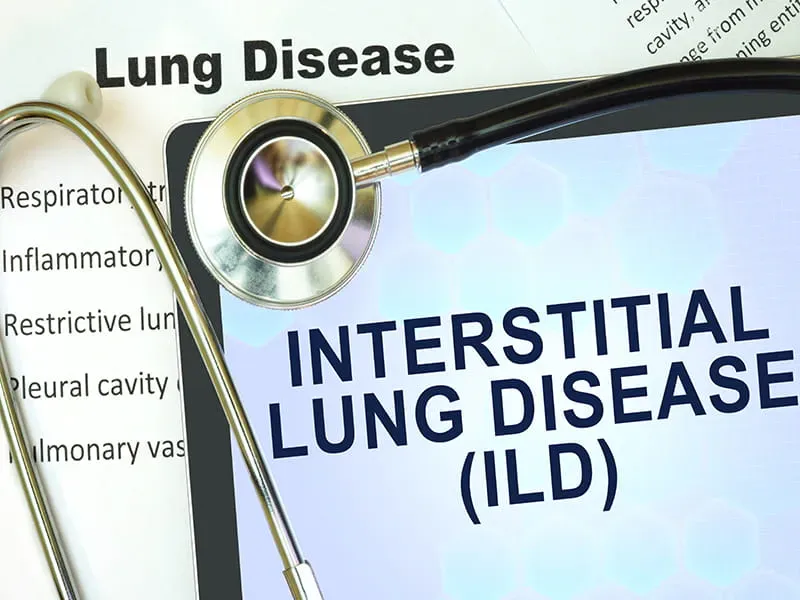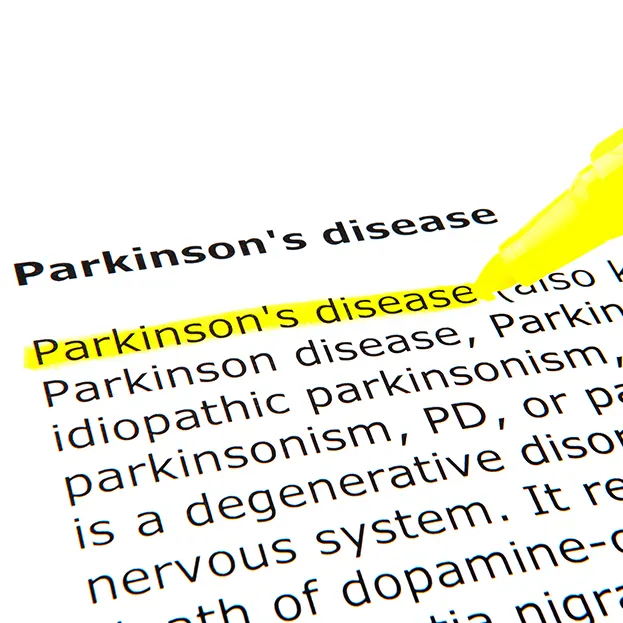Pediatric Recurrent Tonsillitis Management: Tonsillectomy or Conservative Medical Treatment?
Introduction
Recurrent tonsillitis is treated by either tonsillectomy or conservative medical treatment when tonsillectomy criteria are not fulfilled or there is a contraindication for tonsillectomy. However, studies have shown that children with recurrent acute tonsillitis have a small benefit from adeno-/tonsillectomy. On the other hand, data has reported significant reduction of recurrent tonsillitis with long-acting penicillin, but with multiple drawbacks. Further, azithromycin has been shown to have adequate therapeutic efficacy levels, with minimal side effects.
Aim
To compare the efficacy of azithromycin (AZT) and benzathine penicillin (BP) to conventional tonsillectomy in the treatment of recurrent tonsillitis in children.
Patient Profile
- 284 children with recurrent streptococcal tonsillitis
Method
Study Design
- Randomized controlled clinical trial with six months follow up
- Children received either conventional tonsillectomy or medical treatment with BP (single intramuscular dose of 600,000 IU for children <27 kg and 1,200,000 IU for >27 kg every two weeks) or AZT (single oral dose of 250 mg for children <25 kg and 500 mg for >25 kg once weekly)
Endpoints
- Symptoms' severity (visual analog scale for symptoms' severity)
- Satisfaction assessment (on a single parameter dichotic scale of comfortable vs. uncomfortable)
Results
Efficacy
- A statistically significant improvement was seen in the mean scores of symptom intensity of tonsillitis in BP and AZT groups from before treatment to the end of the six-months follow-up (P = 0.03); no significant difference was observed between the two groups
- Patients on AZT were more comfortable and hence a significantly higher level of satisfaction as compared to those patients on BP (Figure 1)
- No statically significant difference in compliance between the groups; more than 90% of both groups were taking the drug regularly, even the uncomfortable patients continued the treatment till the end of the year
Figure 1: Comparison of BP and AZT on satisfaction assessment parameter
Safety
- Minor adverse effects were reported in the AZT group (three patients had nausea, vomiting, and abdominal cramps with diarrhea)
- In the AZT group, QT prolongation was reported in 82% of patients and shortening in 18% of patients; the mean of QT rose significantly from 41.6 ms before treatment to 43.8 ms (P=0.007) after
- Liver enzymes did not show a significant rise and there was no difference between the medical groups
- No serious adverse reactions were reported in either group; none developed rheumatic activity
Conclusion
AZT was as effective as BP or tonsillectomy in the treatment of recurrent tonsillitis after six months of treatment.
Am J Otolaryngol 2017; 38: 371–374










